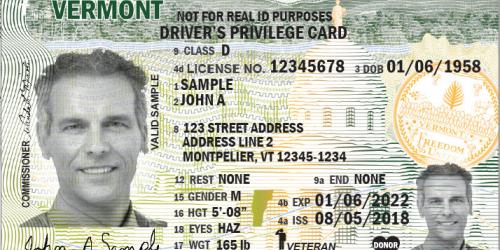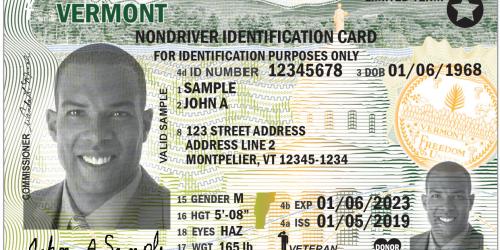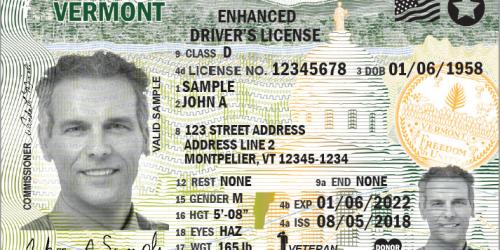Drivers have been required to have a Commercial Driver's License (CDL) to drive certain Commercial Motor Vehicles (CMVs) since April 1, 1992. The types of vehicles and operations requiring a CDL are outlined below. The Federal Motor Carrier Safety Administration (FMCSA) has developed and issued standards for State testing and licensing of CDL holders. These standards require States to issue CDLs to specific CMV drivers only after the driver passes knowledge and skills tests administered by the State and related to the type of vehicle the driver expects to operate.
Drivers must obtain and hold a CDL if they operate in interstate, intrastate, or foreign commerce and drive a vehicle that meets one or more of the classifications of a CMV described below. Restrictions are placed on a CDL when a driver takes the Skills Test in a vehicle that lacks critical equipment present in particular types of CMVs. Therefore, to avoid restrictions, drivers should take the Skills Test in the same vehicle type for which they seek a CDL to operate.
Classes of Commercial Driver's License (CDL) and Commercial Learner's Permits (CLP)
According to Federal standards, Vermont issues CDLs and CLPs to drivers according to the following license classifications:
Class A: Any combination of vehicles that has a gross combination weight rating or gross combination weight of 11,794 kilograms or more (26,001 pounds or more), whichever is greater, inclusive of a towed unit(s) with a gross vehicle weight rating or gross vehicle weight of more than 4,536 kilograms (10,000 pounds) whichever is greater.
Class B: Any single vehicle which has a gross vehicle weight rating or gross vehicle weight of 11,794 or more kilograms (26,001 pounds or more) or any such vehicle towing a vehicle with a gross vehicle weight rating or gross vehicle weight that does not exceed 4,536 kilograms (10,000 pounds).
Class C: Any single vehicle, or combination of vehicles, that does not meet the definition of Class A or Class B but is either designed to transport 16 or more passengers, including the driver or is transporting material that has been designated as hazardous under 49 U.S.C. 5103 and is required to be placarded under subpart F of 49 CFR Part 172 or is transporting any quantity of a material listed as a select agent or toxin in 42 CFR Part 73.
Age Requirements
- You must be at least 18 and hold a valid Vermont Class D Driver's License to obtain a Commercial Learner’s Permit.
- You must be at least 18 to obtain a Commercial Driver’s License and operate a commercial vehicle within Vermont (Intrastate commerce).
- You must be at least 21 to operate a commercial motor vehicle between Vermont and another state (interstate commerce).




